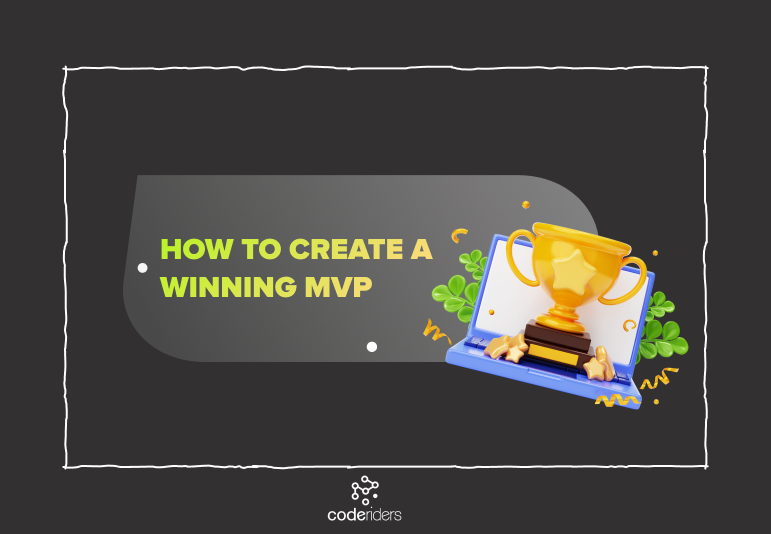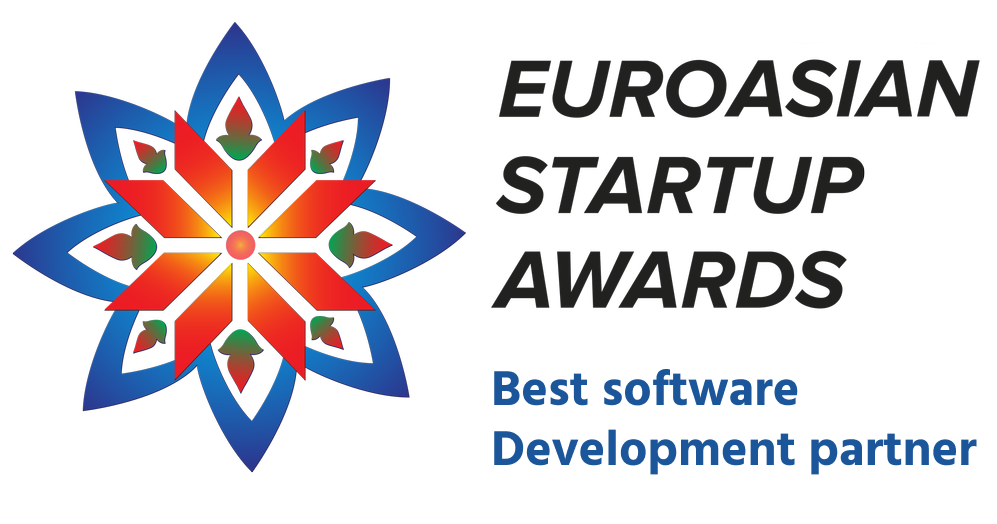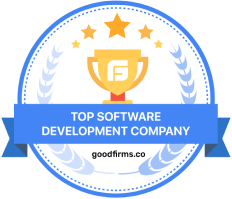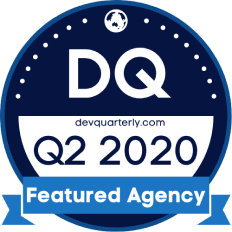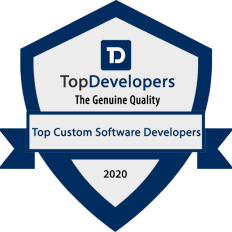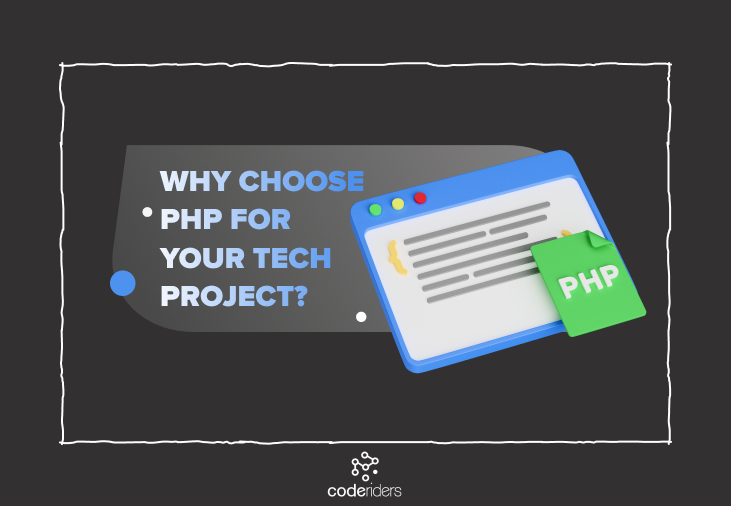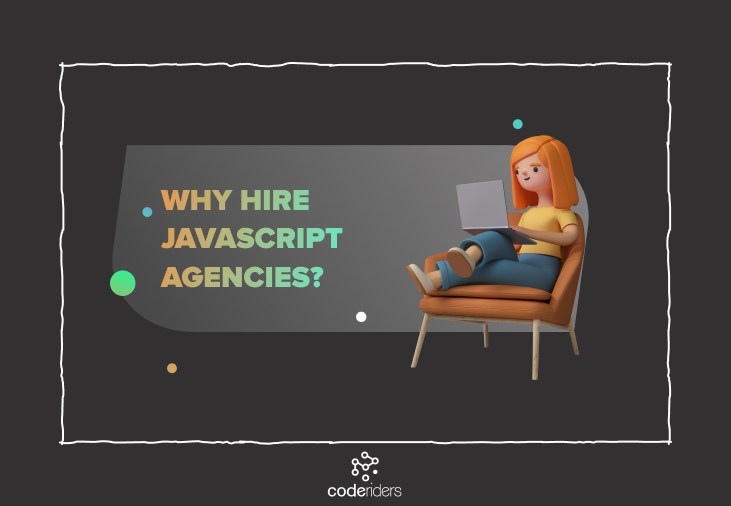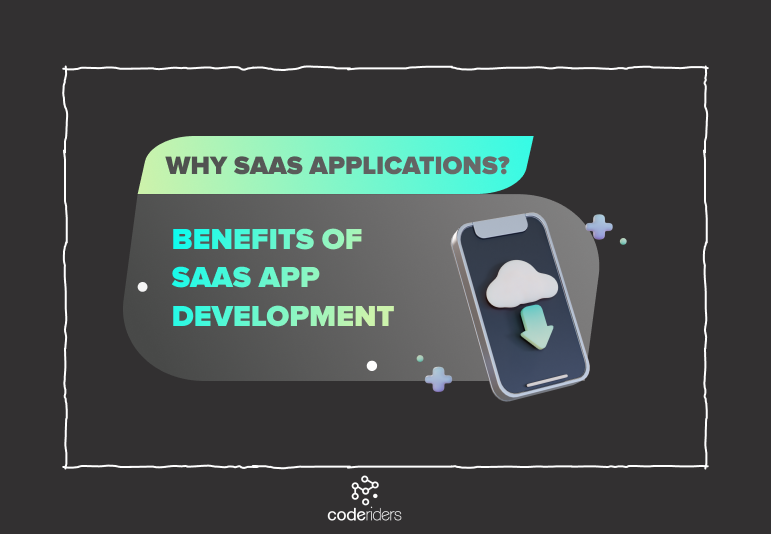Releasing brand-new custom software is a big step for any business. Making a cutting-edge software solution takes a lot of time and resources. In the meantime, it is uncertain if your target users will like your software idea and if it will cover all their needs. That is where the Minimum Viable Product, or MVP, comes in to help. An MVP is like a guiding light in the risky world of software projects, helping you find your way to success even when challenges are around.
Subscribe to Newsletters
In this article, we will touch upon the following widely requested questions:
- What is a minimum viable product (MVP)
- Key characteristics of MVP
- How to build an MVP?
- How not to build an MVP?
- What to put in MVP?
We will also proceed with sharing MVP examples and real-life MVP success stories. You will be introduced to developing an MVP step by step. You will also find and have a chance to use an MVP test case template and an MVP checklist template prepared by CodeRiders’ professionals below.
What is a Minimum Viable Product?
A minimum viable product is the most basic version of the software. It includes the most essential functionalities of an application or software that make the product viable for the user. An MVP is released at the first stage of product development and aims to collect feedback from its users while still developing complex features.
Releasing an MVP while still delivering meaningful functionalities of your software is the most affordable, easy, and fast way to validate the viability of a software idea with minimal development efforts and resources. MVPs reduce the risks of not fulfilling the customer's expectations and give a chance to test the market before entering it with a complex software solution.
Key Characteristics of MVP
1. Core functionalities
MVPs deliberately exclude building complex features for the software to fulfill the main purpose of the software and solve the target users' primary problem. Additional features are different from future iterations.
2. Rapid development
MVP development gives a chance to test the software in a real-world environment, allowing a quicker release and analysis of the product’s efficiency.
3. User Feedback
MVPs are usually released to a limited group of intended target audiences who play a critical role in providing feedback, testing the product's functionality, and helping the development team identify any issues or areas for improvement before a wider release. This small and controlled group of users is usually called "early adapters" or "beta testers". Early adopters or beta testers should understand the MVP concept and have a genuine interest in the product.
4. Iterative improvement
Releasing an MVP offers a glimpse of the software to its intended users and enables rapid product iteration. For instance, imagine a software development team compiling a list of advanced features for the upcoming release, anticipating user excitement. However, upon examining feedback from early adopters, they modify and enhance these features to align with the genuine needs of actual users. This iterative process ensures the software evolves in response to real-world usage and feedback.
5. Risk mitigation
With the help of an MVP release, the product owner avoids investing substantial resources into a full-fledged product that may not gain traction in the market.
At CodeRiders, we helped a number of companies from different industries and countries build and implement their MVPs. We later proceeded with complex functions based on the beta users’ feedback. Our projects had succeeded because:
- During the building process of the MVP, we carefully examined the market needs and included the right core features in the software before its first release.
- Our software developers proceeded with adding high-quality new features.
We included some of these projects in our portfolio with the client reviews because we did not have signed NDAs, and the clients were comfortable sharing their experiences. Check out our case studies here.
How to Build a Minimum Viable Product (MVP)
While an MVP holds substantial benefits, its development and implementation must be executed accurately to effectively fulfill its intended purposes. Here are the main steps to consider before dwelling on the MVP development process.
Step 1: Define the core purpose of your software and identify your target audience
Knowing the main purpose and target audience of your software ensures your software development team is focused on the right tasks and follows the right direction. On the other hand, understanding the target audience of your MVP helps design the software according to their needs, preferences, and pain points. It creates a user-centric approach to the product, ensuring that it is more relatable to its users. It also helps to allocate resources efficiently and facilitates the process of giving the essential elements more precedence over secondary features.
Ultimately, the purpose of MVP is to assess if the software fits the market by meeting user needs and improving it through focused iterations based on customer feedback.
Step 2: Create the user flow
Map out users' interactions with an MVP by creating visual representations of how users navigate through the product, the steps they take, the decisions they make, and the outcomes they experience. You can create user flows through diagrams, user personas, flowcharts, wireframes or mockups, prototyping, or user journey maps.
Each project is unique and demands a custom approach; therefore, to decide which option to choose, it is better to track user behavior through analytics tools. You can use open-source design software solutions like Whimsical, Miro, or Draw.io to create a user flow. You can also integrate your plugins into these already existing design software solutions if you need more customization or use your custom-made design software.
For more information on how to integrate your custom plugin into already existing open-source software or how to build your custom software from scratch, contact the CodeRiders team.
get to know our team and software solutions
Step 3: Define the user interface (UI)
Designing a user interface (UI) means creating a visually appealing and user-friendly layout for your MVP. Defining the UI of your MVP before starting the actual MVP development process is critical, as it identifies the hierarchy of information. The hierarchy of information ensures users can easily find what they are looking for in your software.
The UI also helps to group related items and determine the navigation structure. UI/UX designers create the UI of the product by building complex wireframes and mockups.
Some other additional techniques include prototyping, interactive design, micro-interactions, motion design, typography, responsive design, etc. The most common tools for UI design include Figma, Sketch, Adobe XD, InVision, Balsamiq, etc.
As mentioned, various projects use various tools for creating user interfaces for MVPs during the MVP development lifecycle. This highly depends on the characteristic features of the specific project. Some companies may proceed with these open-source tools, while others may prefer to use plugins or create their tailor-made tools from scratch.
Once the UI of your MVP is ready, it should be handed over to the software development team. Check out how we built a custom Figma plugin for our client from Italy to translate designs into various languages without building them from scratch.
To learn more about how to succeed in building the UI/UX design of your software solution, check out our latest article about how to hire UI/UX designers and succeed in UI/UX outsourcing.
Step 4: Start the development and implementation of your MVP software
Gather your software development team after choosing the tech stack for building your custom software and start the actual MVP development process, or SDLC. For example, if you decide to build a hybrid or cross-platform mobile application, you should hire a team of React Native, Ionic, or Flutter developers.
Just like during the design of your MVP, in the MVP development process, you should focus on the simplicity and usability of your software, ensuring users can easily navigate and interact with your product. Start building the MVP using agile development practices and focus on creating a functional version of the core features.
Step 5: Transition from testing to releasing your product to early adopters or beta users
As with any software development process, testing and quality assurance are must-have steps before releasing the product. After each iteration during the SDLC, QA specialists and software developers test the functionality and performance of the solution before proceeding with the next iteration.
The same relates to MVP development. Internally test the MVP for any major issues or bugs. Ensure your MVP is stable and performs well under real-world usage before its release. Once your minimum viable product (MVP) meets the standards suitable for real-world customers, go ahead and release it to your early adopters.
Find an example of a bug report below.

Step 6: Define the future roadmap
Creating a future roadmap is the final step before MVP maintenance and support. After the release of your MVP, you should plan the addition of new features based on user feedback and insights. Proceed with iterating and expanding the product in subsequent releases.
Learn more about these MVP development engagement models by contacting CodeRiders.
How NOT to Build a Minimum Viable Product?
Remember, the purpose of an MVP is to test your product idea, gather user feedback, and iteratively move toward a more polished solution. With that in mind, here are the key steps you should always avoid when building an MVP.
- Rushing development
- Feature overload and ignorance toward the target users' needs
- Over-engineering
- Not paying proper attention to design and user experience
- Not measuring the success of your MVP
- Underestimating resources
- Unclear communication with the MVP stakeholders
- Early-bird scaling
- Coping similar products in the market
What to Put in Minimum Viable Product?
Your minimum viable product, or MVP, is ready for release if you follow the below-mentioned advice during the development of your MVP.
- The basic or core functionalities of your product are mentioned, developed, destined, and verified.
- Critical bugs have been identified and fixed.
- The product has logically connected features that allow its beta users to use the early version of the product to the fullest and give feedback.
- You have well-written basic documentation for development, deployment, and usage.
Things to do when your MVP is finally out and available for its early users:
- Gather user feedback on the core features and usability
- Identify areas for improvement based on initial user input
- Lead your software development team in customizing the already-developed solutions and building new ones according to the target users’ needs
Remember, the goal of an MVP is to get a functional version of your product into the hands of users as quickly as possible while still delivering value and addressing their needs.
Minimum Viable Product Checklist
The specifics of your MVP checklist depend on your app’s unique requirements, target audience, and the problem you are trying to solve. Here is a typical checklist for your MVP.

See an example of a custom minimum viable product by checking the below template by CodeRiders.
To sum up, the minimum viable product (MVP) is a crucial phase in software project development. It marks the actual start of creating the software, and the product's success relies on representing its features accurately to the intended users and considering their feedback. This is why businesses should research extensively before beginning MVP development to understand its construction and how to effectively market it.
Having
development
needs?
CodeRiders will address your web and mobile development challenges by creating custom software, helping with outsourcing services, or just consulting on your software development requirements.



